Here’s a simple guide to some of the most common gluten free & allergy-friendly diet terms you’ll run into when learning about gluten free eating, food intolerances and special diets.
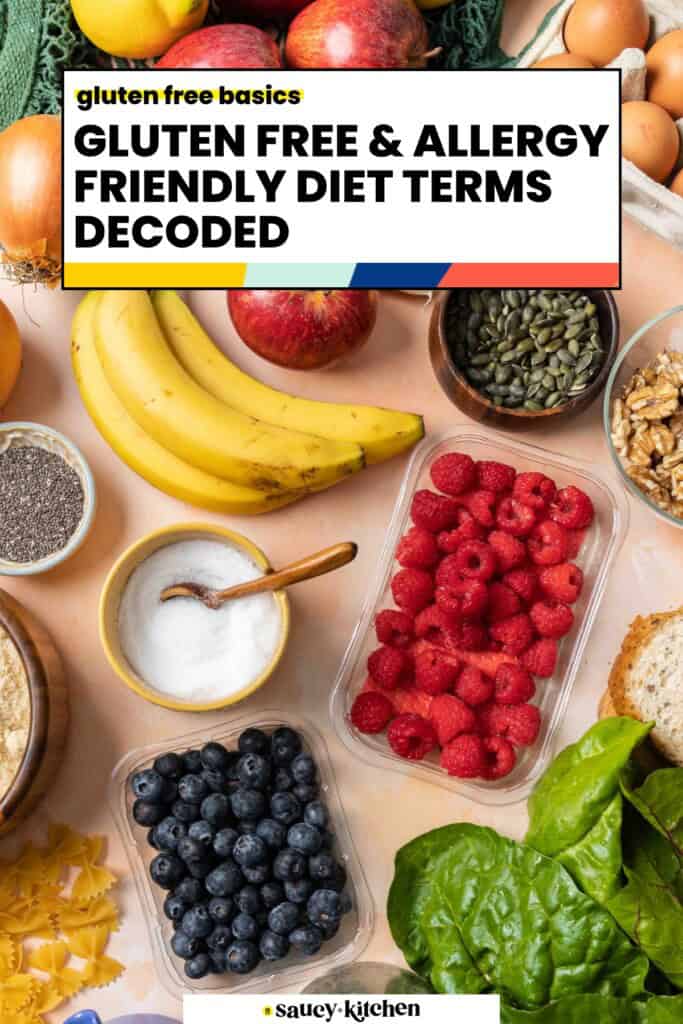
Whether you’re new to gluten free living, managing multiple food intolerances or trying to support someone who is – learning the lingo and understanding the different dietary labels, diets and terminology is a crucial step in the process.
Navigating new food labels, diet jargon and allergy classifications can make your head spin when first starting out. I’ve been at this for years and I still need to brush up on the technical differences between wheat vs gluten etc.
Feel free to bookmark this page and keep it handy for future reference! You might also consider sharing it with friends or family who want to support you, but need a little guidance on some of the basics first.
Glossary
- Gluten Free & Allergy-Friendly Diet Terms
- Autoimmune Disease
- Celiac Disease (Coeliac)
- Certified Gluten Free
- Cross Contamination
- Dairy Free
- Food Allergy
- Food Intolerance
- Gluten
- Gluten Free
- Gluten Sensitivity (Non-Celiac Gluten Sensitivity)
- Grain Free
- Lactose & Lactose Free
- Low FODMAP Diet
- Natural Sweeteners
- Paleo Diet
- Parts Per Million
- Tree Nuts & Tree Nut Allergies
- Vegan Diet
- Vegetarian Diet
- Wheat Allergy
- Wheat Free Diet
- Whole30
Gluten Free & Allergy-Friendly Diet Terms
From A-Z, here are some of the most common diet, allergy and health related terms you should know!
If you’re looking for something specific, use the Table of Contents above to take you straight there.
If you have the time, I recommend you scroll through the complete list to maybe learn something new.
Autoimmune Disease
An autoimmune disease is when the body’s immune system mistakes and attacks its own healthy tissue because it mistakes it as something foreign or harmful.
There are many different types of autoimmune diseases like: Celiac Disease, Hashimoto’s, Rheumatoid Arthritis, Crohn’s, and Lupus.
It’s not always recommended, nut many people with autoimmune conditions do find that some of their symptoms improve or are easier to manage through diet and lifestyle change – like going gluten free or adopting other anti-inflammatory based diets like the Autoimmune Protocol (AIP Diet).
Celiac Disease (Coeliac)
Celiac disease (Coeliac if you’re outside the US) is an autoimmune disorder where eating gluten damages the small intestine. When a person with Celiac Disease eats gluten, their immune system kicks into gear to eliminate the perceived threat, damaging healthy tissue in the process. It is neither an allergy or an intolerance, but an autoimmune disease.
Symptoms vary from person to person and can include things like stomach pain, fatigue, skin rashes, and/or nutrient deficiencies.
The only treatment is a strict, lifelong gluten free diet.
Certified Gluten Free
‘Certified Gluten Free’ are gluten free products that have been subject to testing and verification from third-part organizations to prove that the product is truly gluten free and safe for Celiac consumption. This means it must contain no more than 20 parts per million (ppm) of gluten at most.
Look for labels from programs like the Gluten-Free Certification Organization (GFCO) or Coeliac UK. These products are considered safer for people with celiac disease or severe gluten sensitivity than items that are ‘gluten free’ but not certified.

Important to Note: Make sure to check your food labels closely! Sometimes you’ll find things that don’t have any gluten/gluten containing ingredients in the ingredient list, but it was made in a facility or on a production line that handles wheat products.
Cross Contamination
Cross contamination is what happens when food that is inherently gluten free (or allergen-free) unintentionally comes into contact with gluten or other allergens. This can happen through shared equipment (like whisks & toasters) cooking surfaces or hands. For people with celiac disease or severe allergies, even a tiny amount can cause a reaction.
Dairy Free
A dairy free diet excludes all animal based milk products—from cows, goats, sheep, etc. This includes things like milk, cheese, butter, cream, yogurt, and whey. People may avoid dairy to a number of different reasons – lactose intolerance, milk allergy, IBS or dietary preferences.
Check out my post on Dairy Free Milk Substitutes for more tips & info.
Food Allergy
Food allergies occur when a persons immune system mistakenly reacts to food as if it’s a danger to the system. In response to the perceived threat, the body then releases an antibody called histamine in an effort to fight it off. This is what causes allergic reactions and can lead to serious symptoms like hives, swelling, trouble breathing, or even anaphylaxis.
Most Common Food Allergens: milk, eggs, fish, shellfish, tree nuts, peanuts, wheat, soybeans and sesame seeds.
Recipes to Try: Egg Free Coconut Flour Cake, Chocolate Chip Sunflower Seed Cookies
Food Intolerance
While food allergies triggers a response in the immune system, food intolerances only effect the digestive system. They usually occur because the body is struggling to digesting certain foods which can lead to bloating, cramps, gas, or fatigue.
While food allergies can be formerly diagnosed through testing, food intolerances cannot be.
Examples: lactose intolerance, gluten sensitivity, or FODMAP intolerance.
Gluten
Gluten is a mix of two proteins (glutenin & gliadin) naturally found in grains like wheat, barley, and rye. Remember that gluten is glue-like. It’s an extremely elastic protein that helps foods stretch, rise and hold shape.
In the absence of gluten, gluten free baked goods often need replacement binders like xanthan gum to provide some of the stickiness that’s missing when omitting gluten from a recipe.
Gluten Free
A gluten free diet is one that avoids all foods that contain wheat, barley, rye, and any gluten containing ingredients derived from them.
People with celiac disease, gluten sensitivity, or certain autoimmune conditions must follow this diet to avoid serious health issues.
Check out the Recipe Index for hundreds of delicious gluten free recipes!
Basic Gluten Free Recipes You Should Try
Gluten Sensitivity (Non-Celiac Gluten Sensitivity)
Non-Celiac Gluten Sensitivity (NCGS) is a condition where someone reacts negatively to gluten, but does not technically have celiac disease or a wheat allergy.
Symptoms vary, but can include bloating, stomach pain, brain fog, fatigue, joint pain, or mood changes. They usually appear after eating gluten and improve when it’s removed from the diet.
Grain Free
Grain free diets (like paleo and whole30) avoid all grains including wheat, barely, rice, oats, corn, quinoa, and more.
Instead of using wheat and all-purpose flour, grain free diets will use grain free alternatives like almond flour or coconut flour.
Grain free recipes to try: Almond Flour Chocolate Chip Cookies, Gluten Free Flatbread.
Lactose & Lactose Free
Lactose is a type of sugar found in milk and dairy products. It’s made up of two smaller sugars (glucose and galactose) that the body breaks down using an enzyme called lactase.
People with lactose intolerance can’t produce enough lactase can’t fully digest lactose, which can lead to bloating, gas, cramps, or diarrhoea.
Just keep in mind that lactose free ≠ dairy free. These still contain dairy, meaning they’re not suitable for people with a milk allergy or those following a dairy free or vegan diet.
You can find lactose free versions of dairy products like milk, yogurt, and cheese. This just means that the lactose has been removed or broken down to make it easier to digest. Though they aren’t totally lactose free, hard cheeses like parmesan, cheddar and Swiss are extremely low lactose. Some people with lactose intolerance find they can still have some low lactose foods, but it’s important you follow professional advice and consider your own personal needs.
Low FODMAP Diet
The low-fodmap diet is a kind of special diet that limits specific types of carbohydrates that can be difficult to digest.
The overall goal of the Low FODMAP diet is to help treat, manage and understand the symptoms of irritable bowel syndrome (IBS) through a temporary elimination phase followed by gradual reintroduction of high FODMAP foods.
Natural Sweeteners
Sweeteners that come from natural sources and are minimally processed. Because they are less processed than refined sugars they usually contain more vitamins, minerals, antioxidants and sometimes even fiber making them a more appealing choice for many health conscious people.
Naturally sweetened snacks and sweets use things like: honey, maple syrup, coconut sugar, monk fruit, stevia, dates and whole fruit.
Naturally Sweetened Snacks & Sweets
Paleo Diet
Paleo is short for Paleolithic. The paleo diet is roughly inspired by what people might have eaten thousands of years ago: meats, fish, fruits, vegetables, nuts, and seeds. It avoids processed foods, grains, dairy, legumes, and refined sugars.
It’s a naturally gluten free diet, but is not always vegan or vegetarian-friendly.
Parts Per Million
In simple terms, parts per million (PPM) is a measuring unit designed to measure how much of a particular substance is found in a large mixture: x/1,000,000.
In this case we’re talking about how much gluten might be found in a particular food item. For people with Celiac Disease, even tiny amounts of gluten can be enough to cause serious issues.
In order to be labeled gluten free and generally safe for Celiacs, a food product must contain less than 20 ppm of gluten.
What does 20 ppm of gluten look like?
1,000,000 grains of salt is about 2 pounds.
20 ppm is like if 20 of the 1,000,000 grains of salt were actually gluten. Suddenly, that salt is no longer safe for people with Celiac Disease to eat from.
This is why cross contamination protocols and gluten free certifications are so important.
Tree Nuts & Tree Nut Allergies
Simply put, tree nuts are an umbrella term for nuts that grown on trees (unlike peanuts which grown underground making them legumes). Tree nuts include: almonds, hazelnuts, brazil nuts, walnuts, pecans and many more.
(FYI: Coconut is a fruit, not a nut!)
Some people with tree nut allergies find they are only allergic to one tree nuts, while others may be allergic to more. Though they are botanically different, peanut allergies often (but not always) go hand in hand with tree nut allergies.
Both tree nuts allergies and peanut allergies are known for causing anaphylaxis so it’s important to remember to look out for cross contamination issues when dealing with people with either of the allergies.
Check out my Nut Free Recipes section for all recipes that are either entirely nut free or provide substitutions and adaptations to making it nut free.
Vegan Diet
A Vegan Diet avoids all animal based products including: meat, dairy, eggs, honey or anything else made from animals.
People choose Veganism for a variety of reasons including health, related, ethical, or environmental factors.
Note: Vegan diets are not inherently gluten or grain free. Though there is often a crossover between the two, just because something is vegan does not mean it is also gluten free.
Vegetarian Diet
Vegetarian diets avoid meat and fish. Depending in the type of vegetarian diet, it may avoid dairy and eggs too.
- Lacto-vegetarian: includes dairy.
- Ovo-vegetarian: includes eggs.
- Lacto-ovo vegetarian: includes both.
Wheat Allergy
A wheat allergy is when someone has an allergy (immune response) to a protein found specifically in wheat. Exposure to wheat leads to immediate allergic reactions like redness, hives, breathing troubles and potentially anaphylaxis.
It’s important to note that Celiac disease is not a wheat allergy – it’s an autoimmune disease relating the small intestine that gets triggered when gluten is present.
Wheat allergies symptoms show up immediately. Celiac disease symptoms take a bit more time to show up because food needs to travel through the digestive system before an autoimmune response is triggered.
Wheat Free Diet
Wheat free ≠ gluten free. Gluten free does not mean wheat free and vice versa.
Wheat free means avoiding all products that contain wheat. Some grains like barley, rye and spelt are wheat free, but not gluten free. Even though something may be wheat free and safe for someone with a wheat allergy, it may not be gluten free.
Whole30
Whole30 is a 30-day reset diet similar to the paleo diet but with a bit more restrictions. It eliminates all sugar (including many natural sweeteners), grains, dairy, legumes, alcohol, and processed foods.
After 30 days, foods are slowly reintroduced to see how your body reacts. Some people use the Whole30 diet to help identify food triggers and health concerns.
Though it is not inherently a calorie restrictive diet, many people also use the Whole30 diet to aid in weight loss as calorie intake is usually reduced due to all of the restrictions.

Over a Month of Whole30 Recipes
⭐ Over a month of Whole30 approved recipes! This list includes easy one pan dinners, casseroles, soups and salads!⭐
Save this page to refer back to the next time you want a refresher on the differrence between gluten free, wheat free and everything in between!
If you run into any more labels and dietary terms you’d like a bit more info on, please let me know and I am more than happy to add to this list!
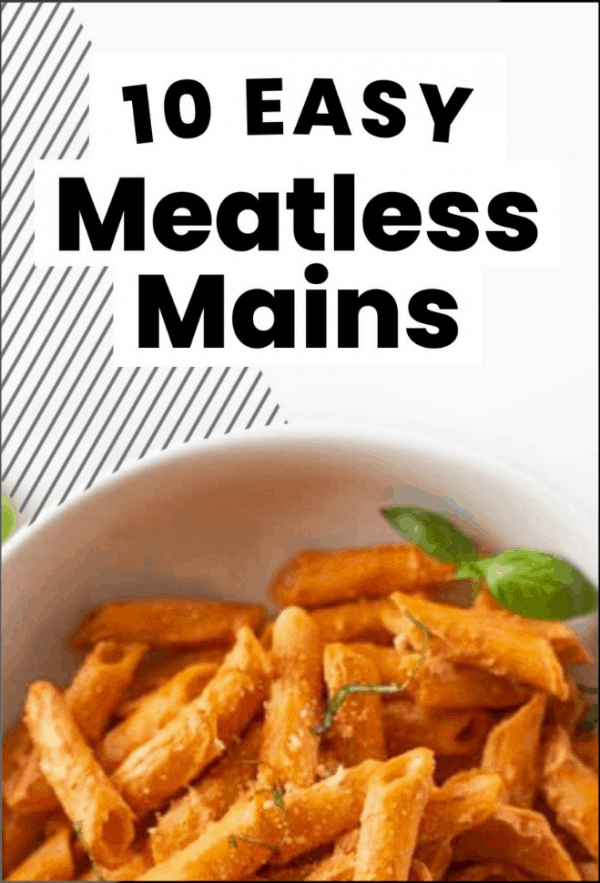

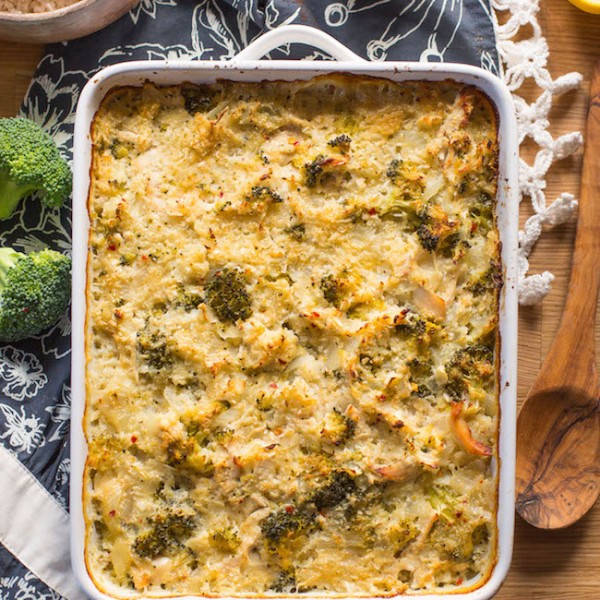
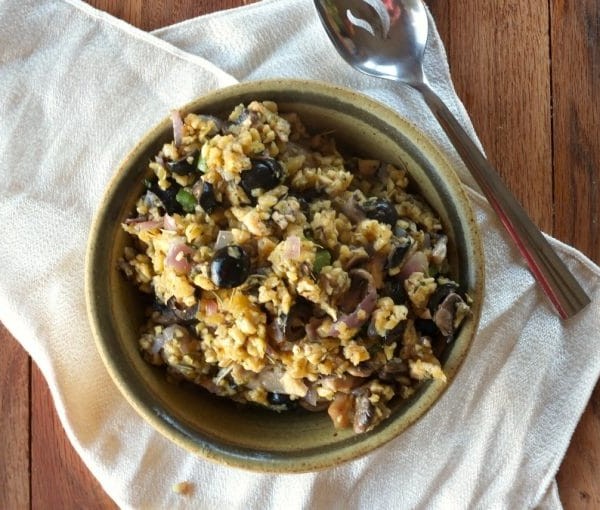
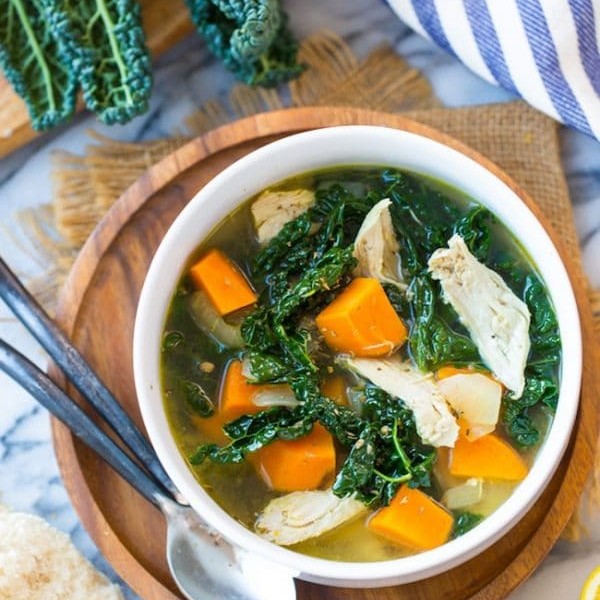

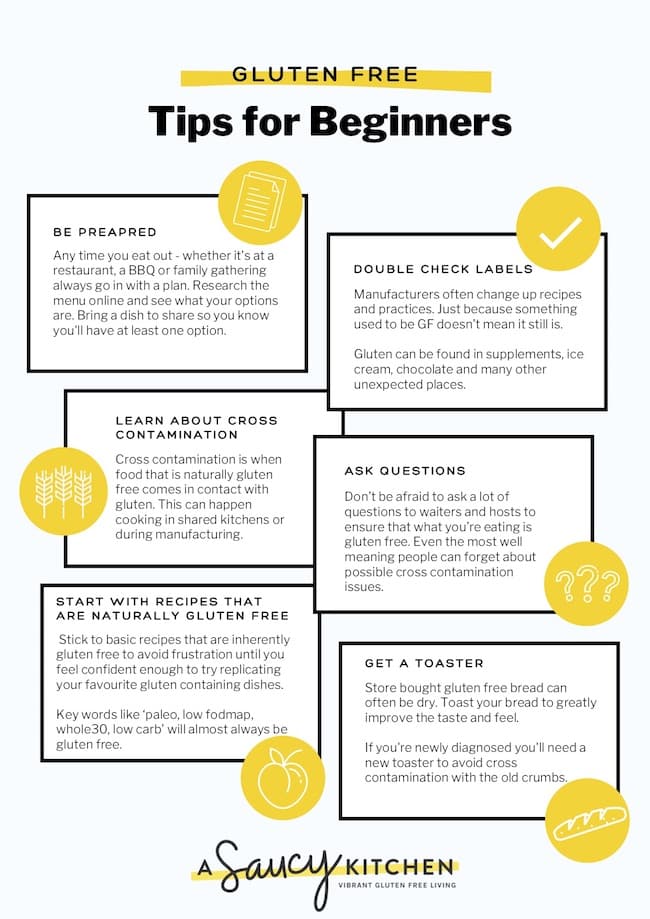
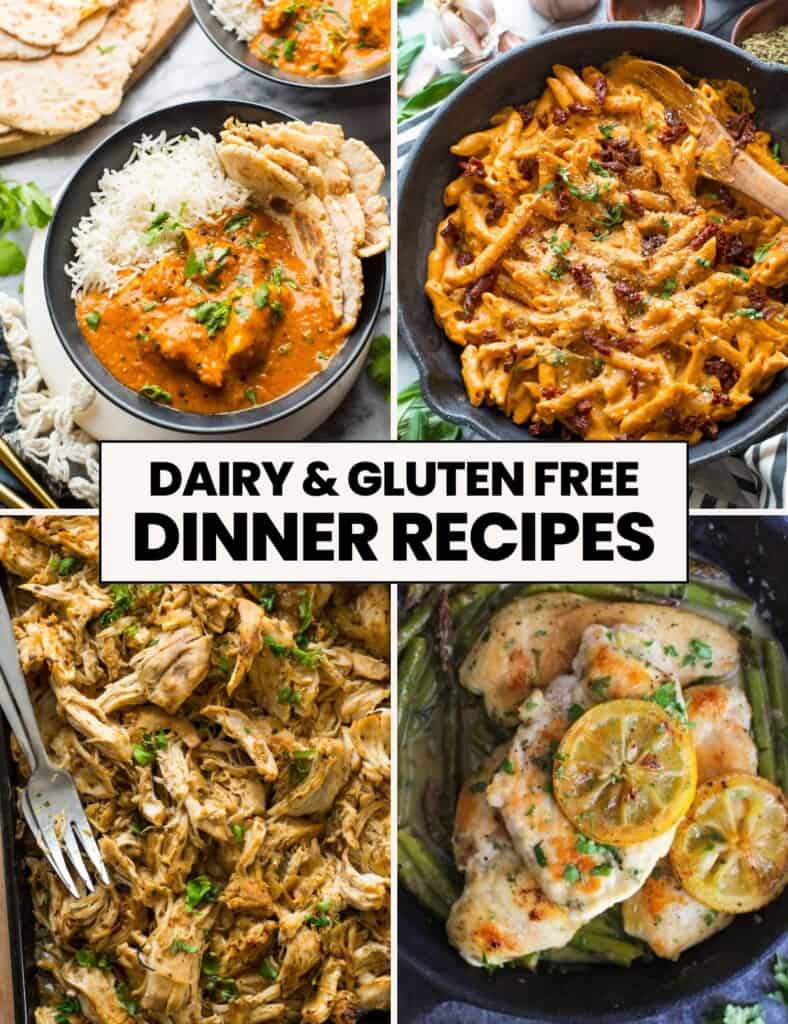
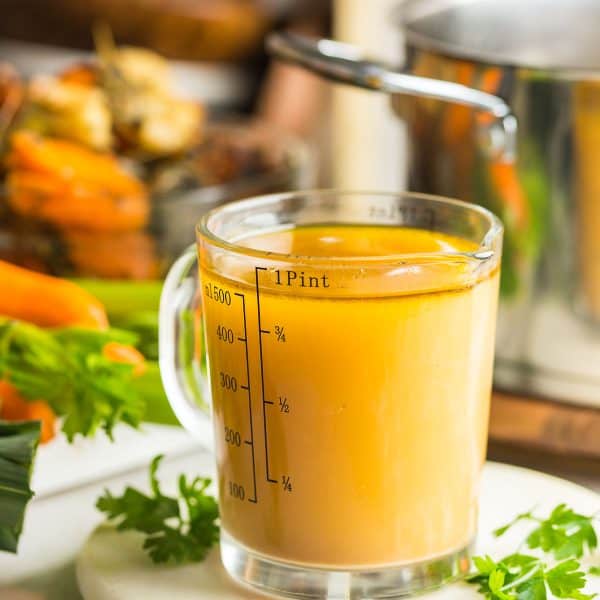

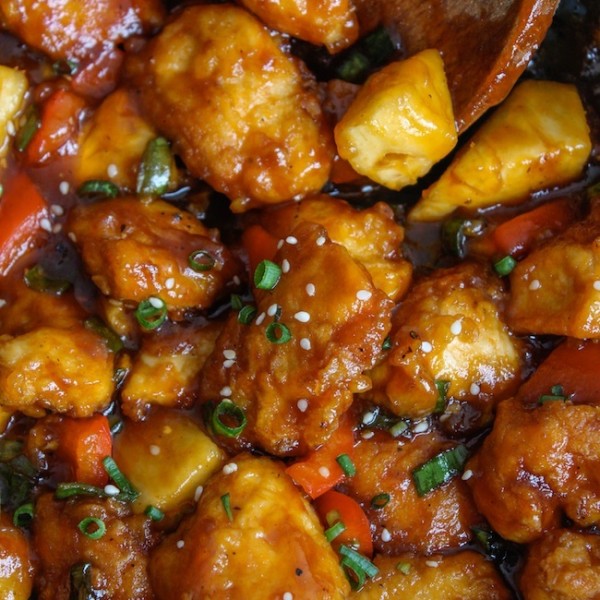

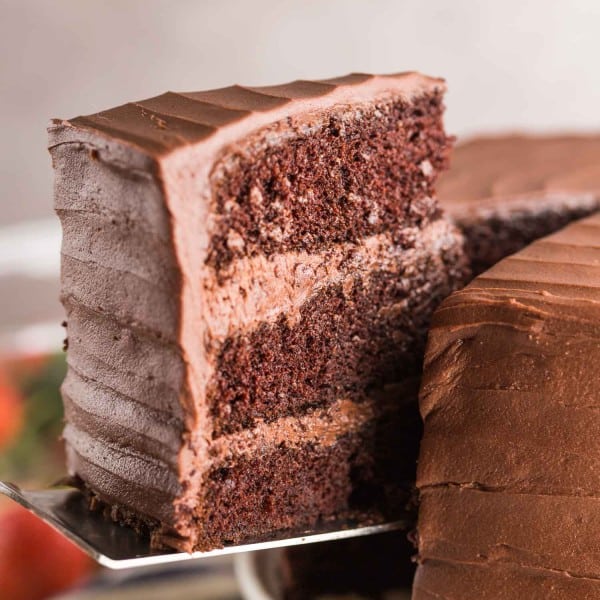
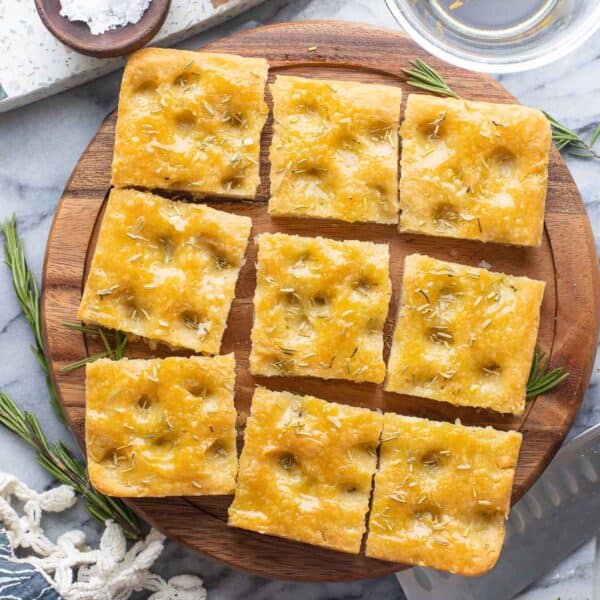
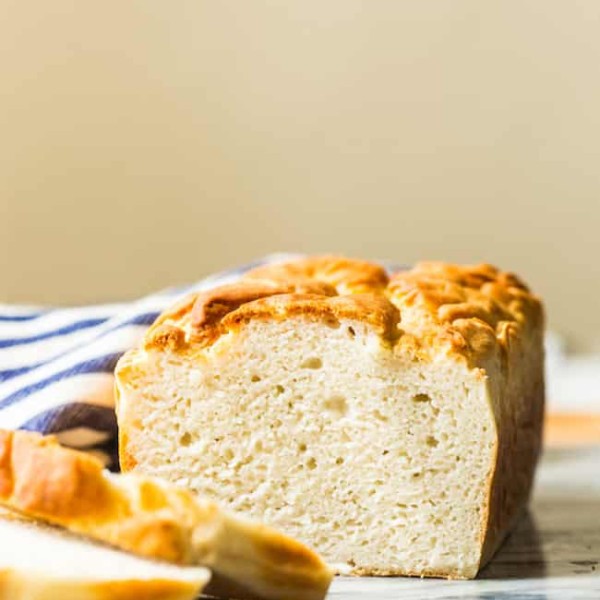
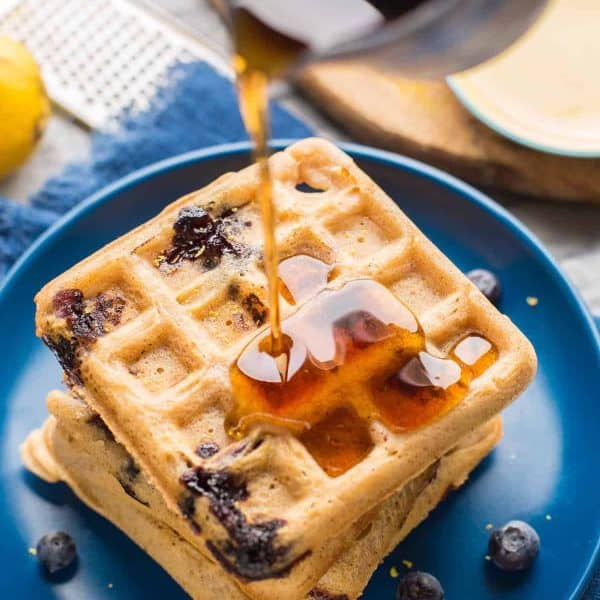

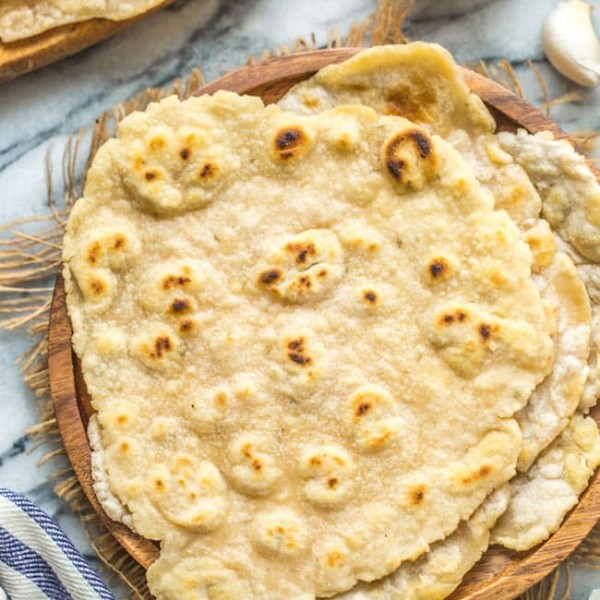


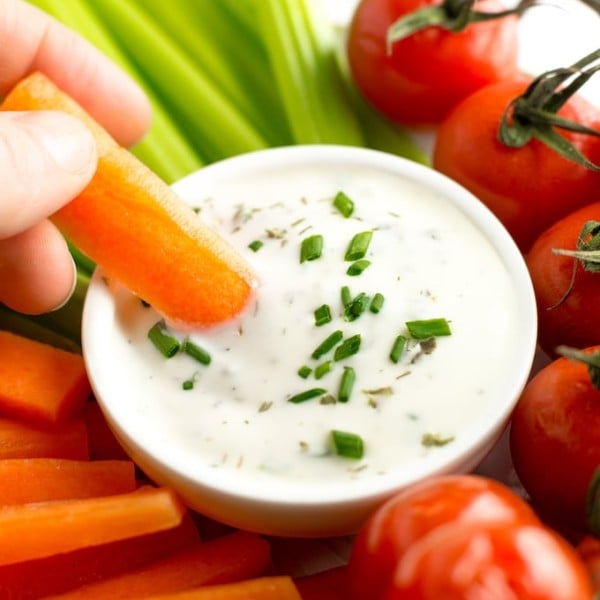

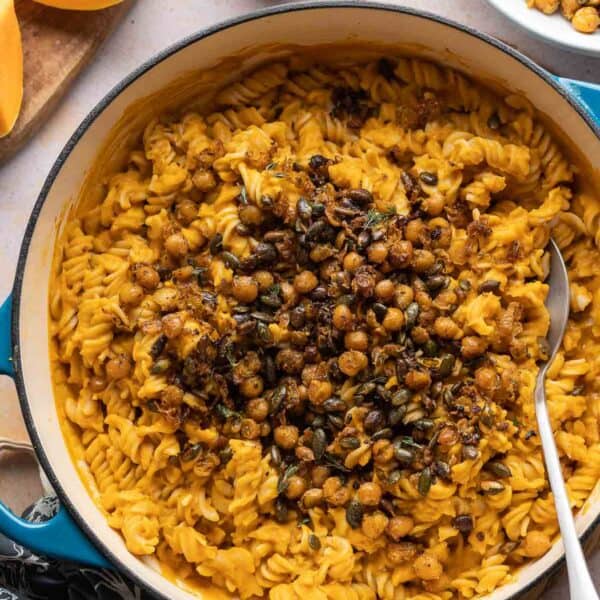

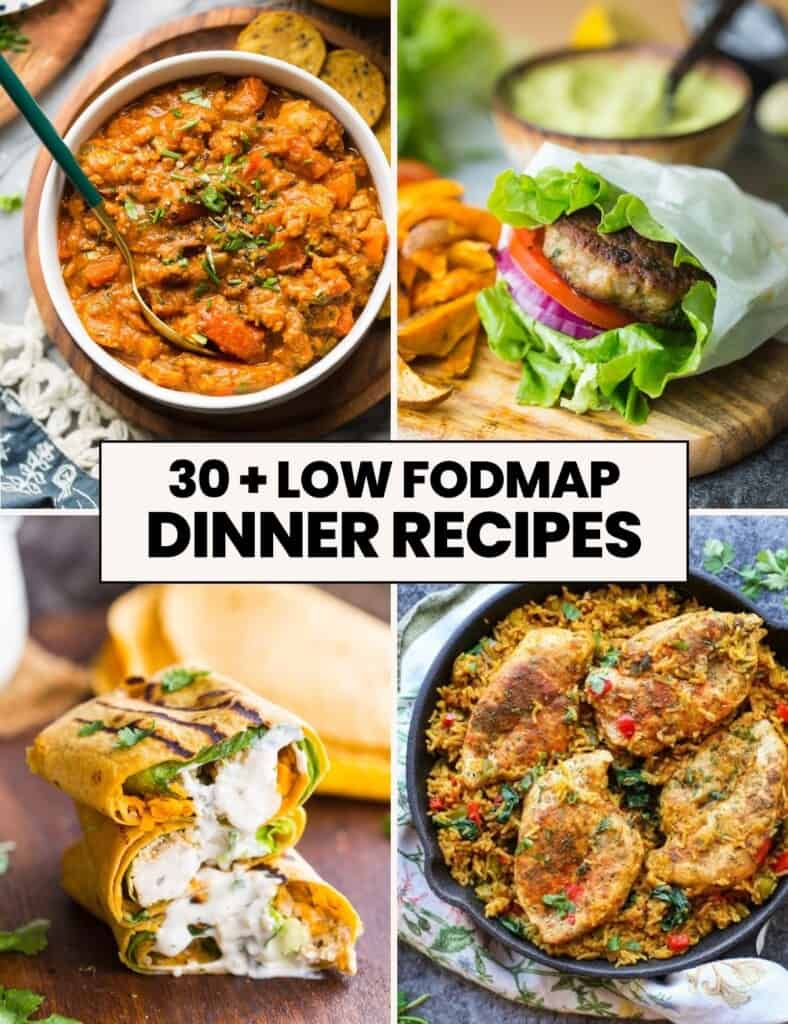


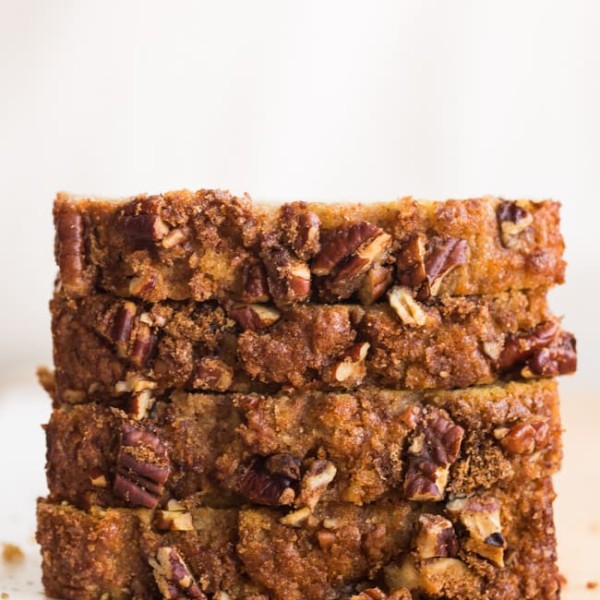


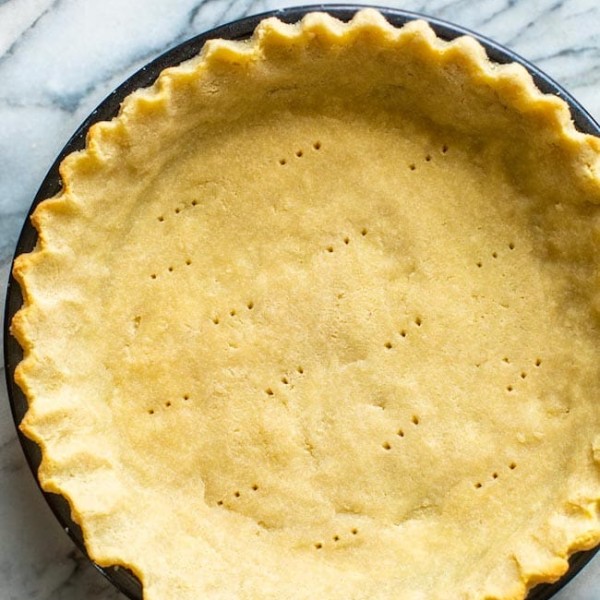
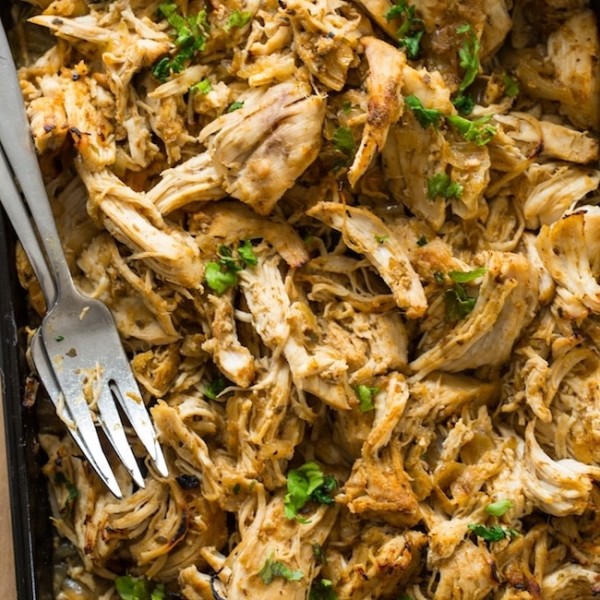
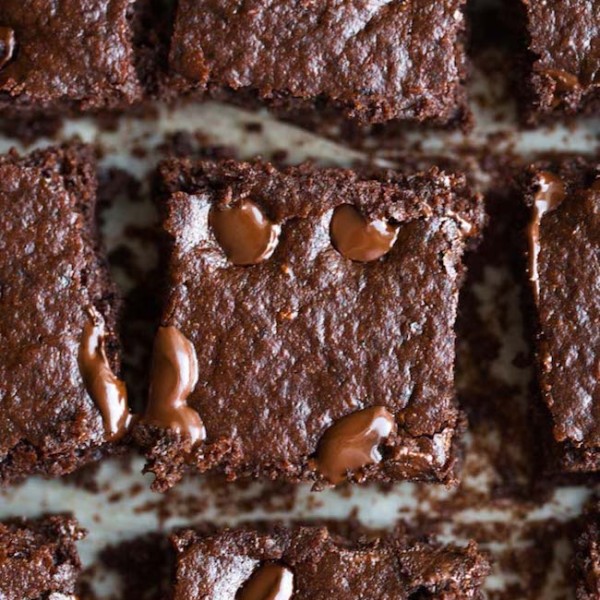

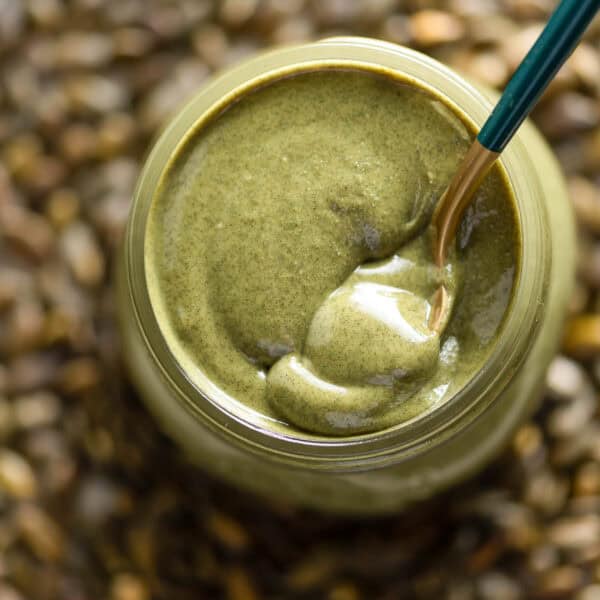
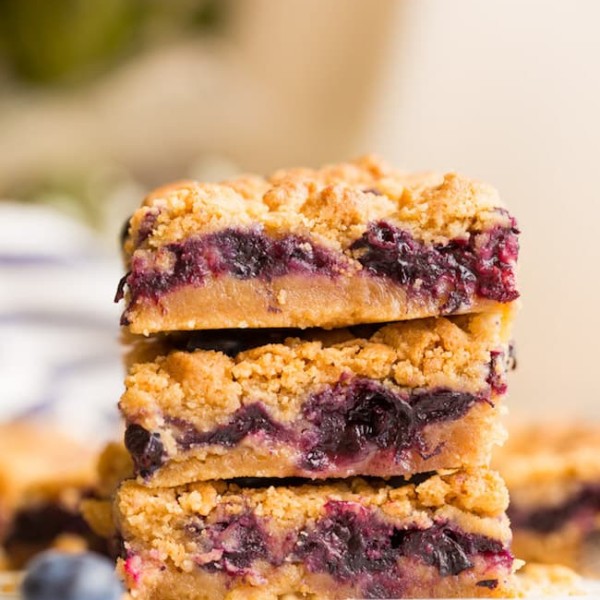

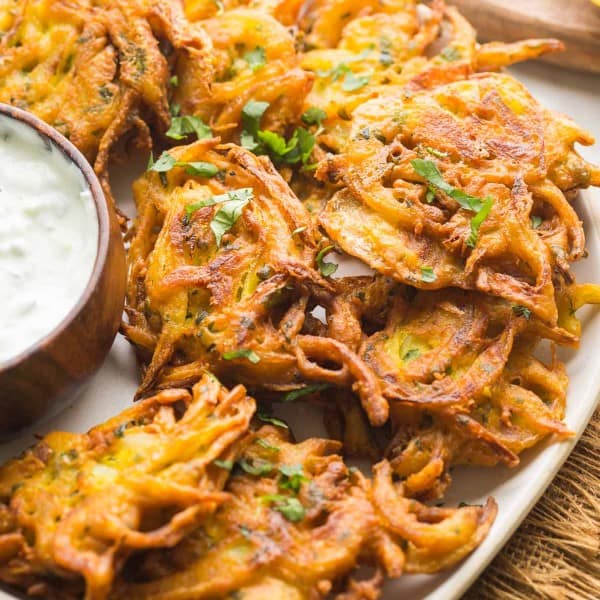

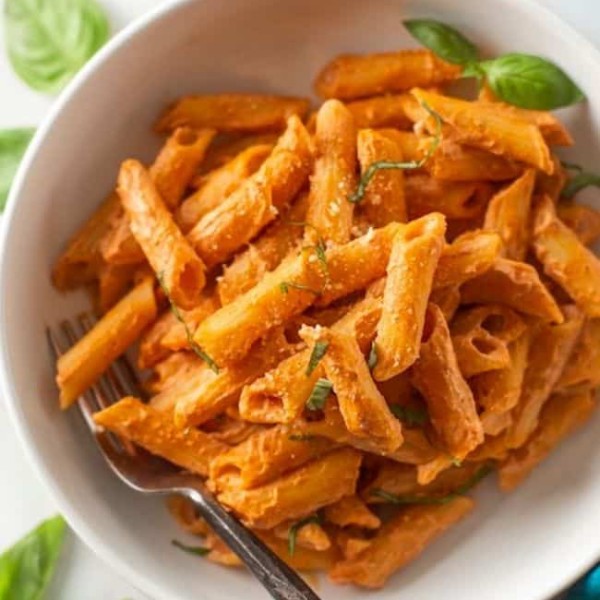

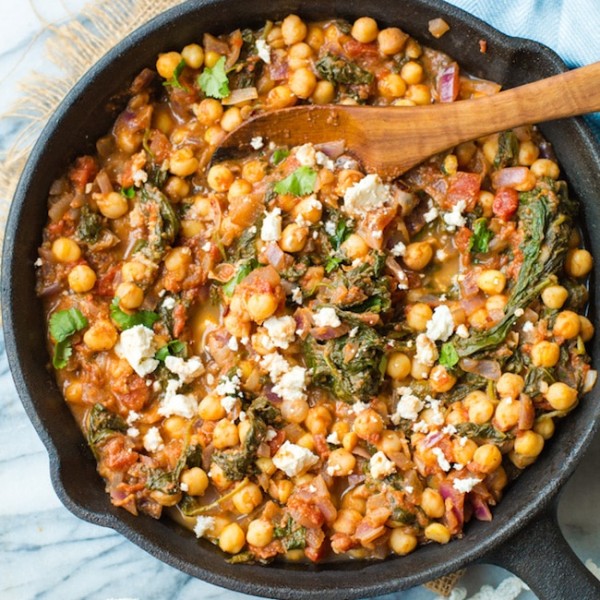
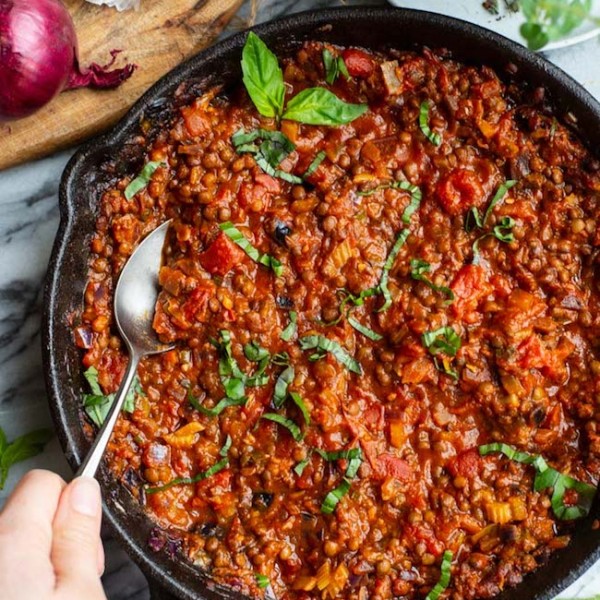
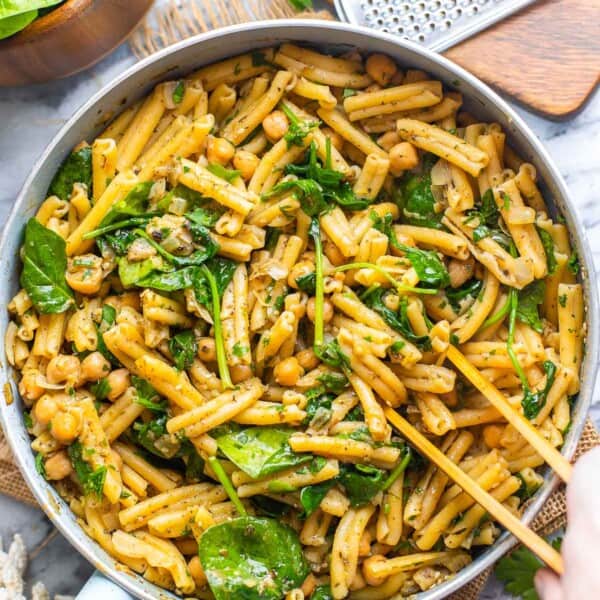
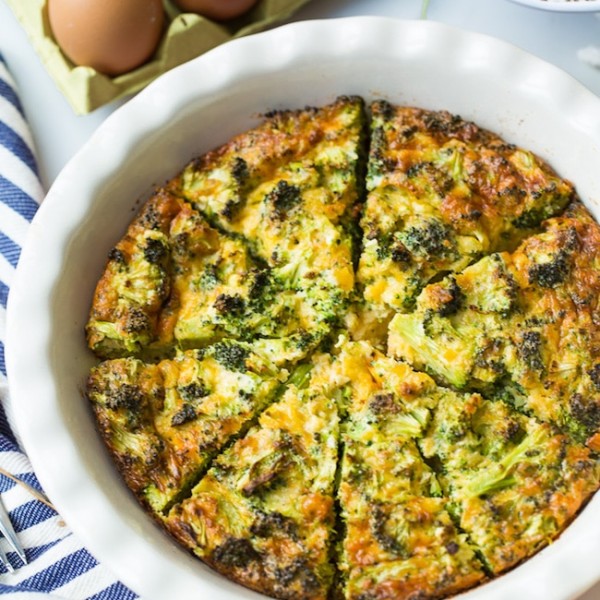
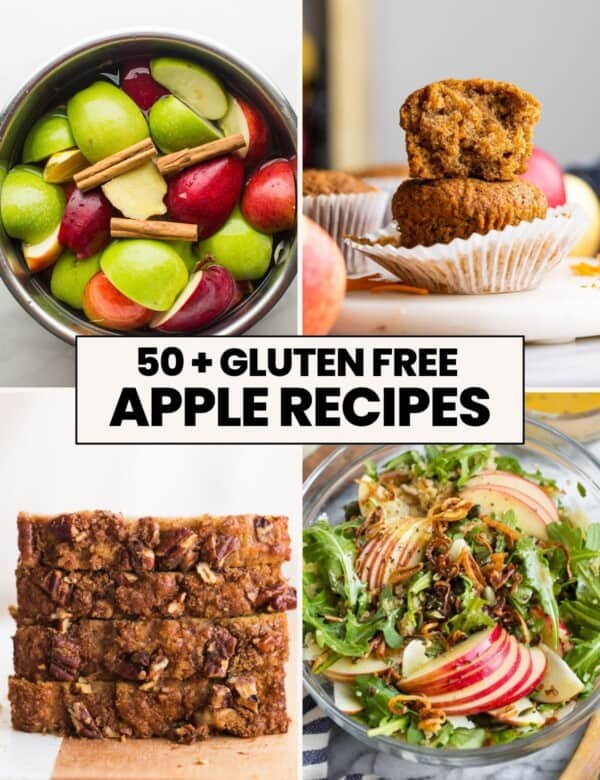
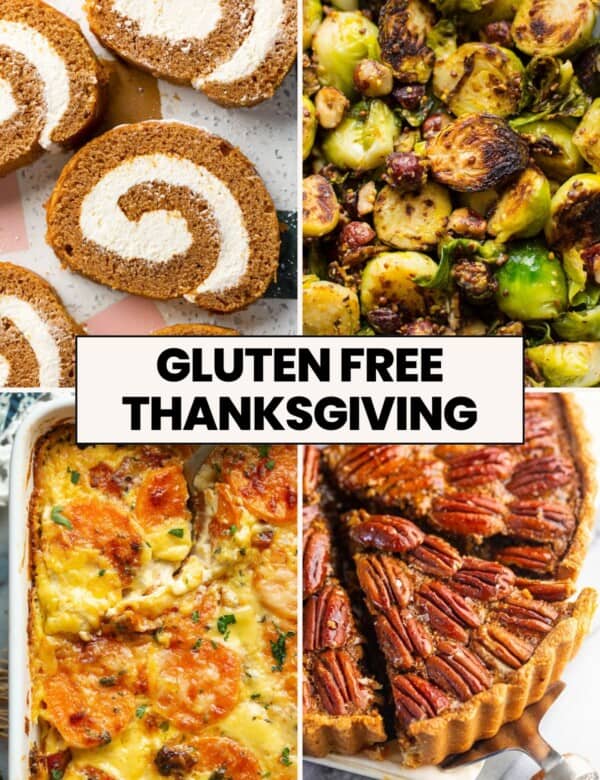
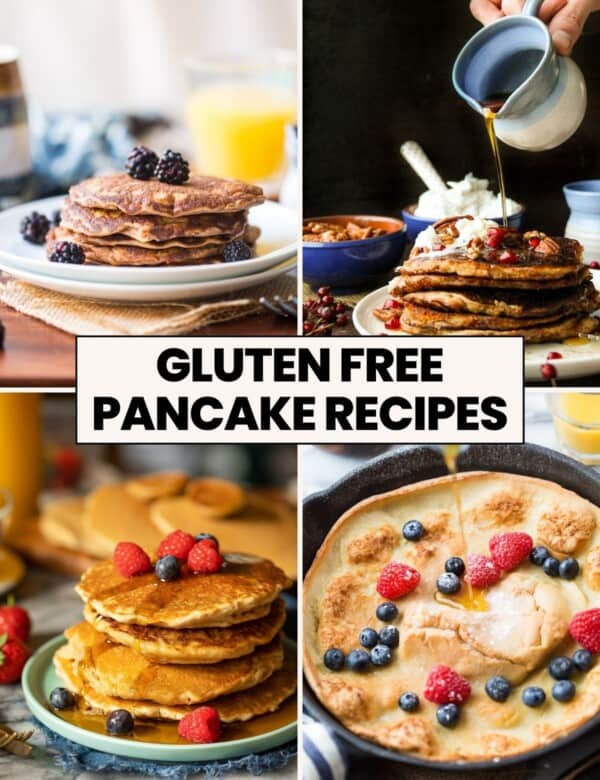


Leave a Review!